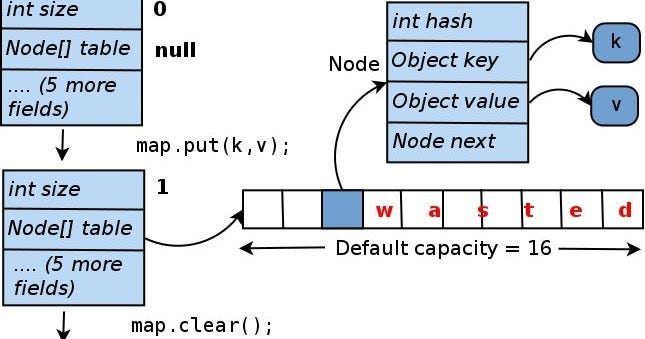How HashMap internally works in Java?
Deep dive in one of the common Java Interview
Hello guys, How HashMap works? or How get() and put() method of HashMap works in Java is one of the popular questions and it was asked to me multiple times on Java interviews.
In the past, I have shared How ConcurrentHashMap works, How Kafka works internally, and difference between Apache Kafka, and RabbitMQ and in this article, I am going to answer how exactly HashMap works under the hood, so stay tuned and continue reading.
HashMap is one of the most widely used data structures in Java, providing an efficient way to store and retrieve key-value pairs. It is often used to cache configuration properties or act as cache. In Java it is part of java.util pacakge and implement Map interface.
It represent Hash table data structure, also known as dictionary in python or associative array in Perl. It allows you to map one value to other, so that you can get employee object by storing it against employeeId.
The beauty of this is that it allows get operation in constant time, which means it doesn’t matter how many records you need to store, you will also get the data in constant time. There are some edge cases also which we will discuss in this article
Keep reading with a 7-day free trial
Subscribe to Javarevisited Newsletter to keep reading this post and get 7 days of free access to the full post archives.




